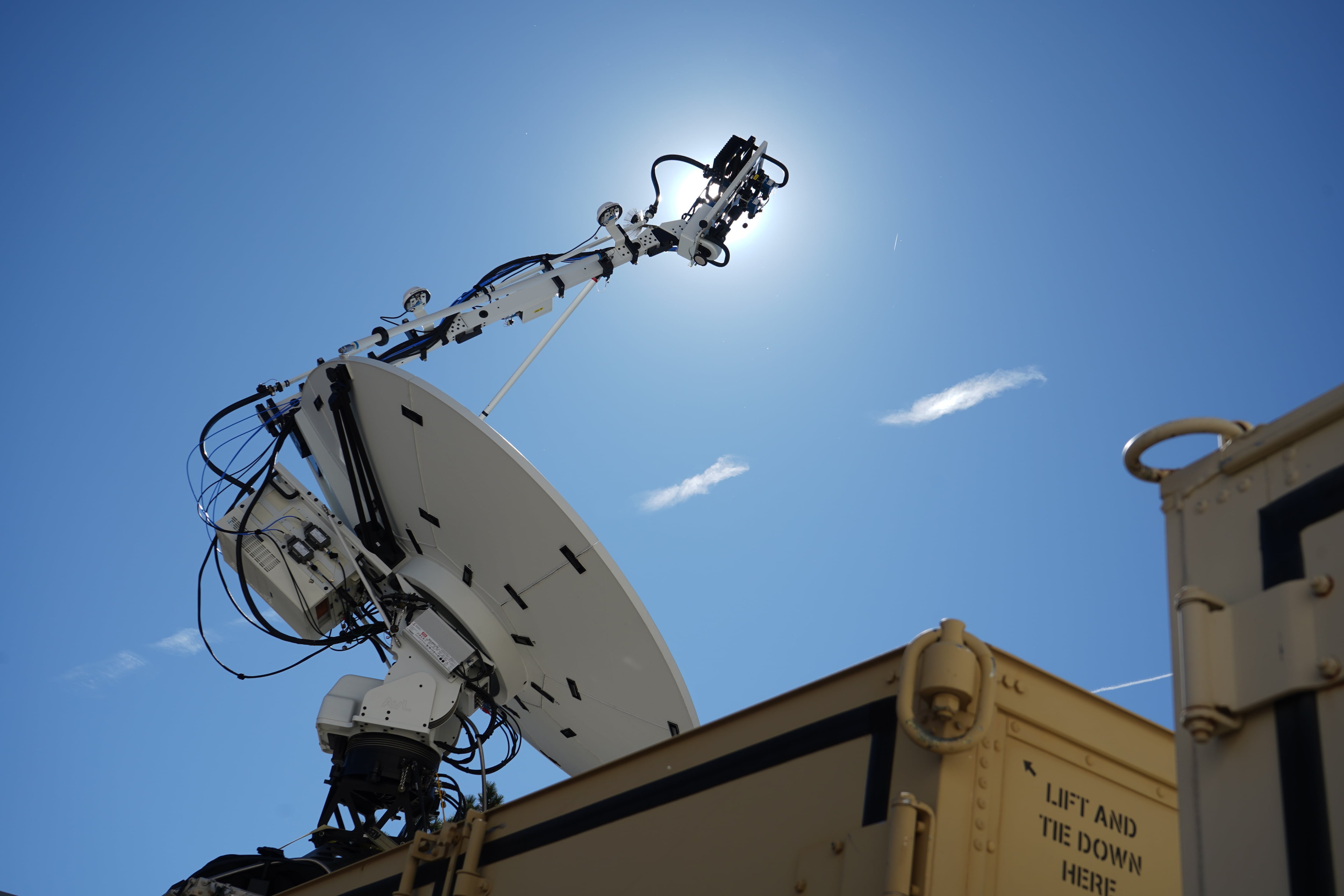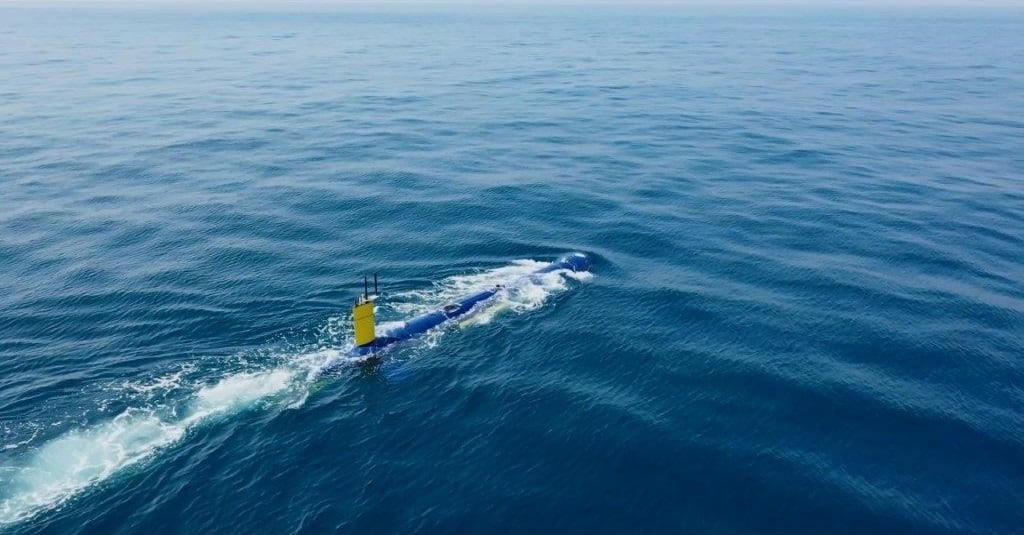Amid proliferating threats across domains, the director of the Missile Defense Agency is pushing for a persistent space tracking capability.
"From a missile defense standpoint, we have to develop a future operational space layer. Given where the threat is going with hypersonics and more capability development with [intercontinental ballistic missiles] and so forth, this persistent tracking and discrimination capability from space is a must," Vice Adm. James Syring, director of the Missile Defense Agency, said Aug. 17 at the Space and Missile Defense Symposium in Huntsville, Alabama.
The evolution of these advanced threats "becomes a much more challenging sensor problem maybe than an interceptor problem," he said, noting that "the feeling is "that that is the ultimate solution in terms of persistent tracking and discrimination for missile defense and particularly against this threat."
Syring painted a troubling picture of the improving missile defense capabilities emanating from both North Korea and Iran. While not naming any actors by name, he also mentioned the threat of hypersonic weapons, of which it is believed Russia and China are investing in.
Syring noted that there is significant money in the 2017 budget to explore the persistent space tracking highlighting, including more than $400 million to develop and test a space-based sensor layer -- not a complete layer but sufficient for prototyping and testing.
The space based kill assessment, a network of small sensors on commercial satellites, is a vitally important capability coming online.
"The space-based kill assessment…I think is vitally important for us to have a discussion," he said. "It was an effort that was launched after the [Precision Tracking Space System] program [was] cancelled, and there was residual funding that the Congress allowed us to reprogram to this effort that will enable us to now field – for the lack of, in an unclassified term I'll just say 'infra-ometers' – on a commercial satellite constellation."
The capability is described as "sort of commercial-based small payloads on a commercial bus constellation that will allow us to view and see our tests in the Pacific" for the purposes of demonstration of kill assessment and hit assessment.
"So you think about the amount of money that was relatively small, for us now in a commercial satellite constellation with a payload that is developed in rapid fashion to get up and demonstrate this capability," Syring said. "Is it precision tracking worldwide, ocean-wide, no. But it will allow us now to see and to test this capability with our [intercept] tests in the Pacific," he continued.
Syring also discussed the role of ground systems.
"What we often don't talk about…is what the department has done with ground systems, in the ground system architecture," he said. "We've invested in our architecture [and] the Air Force has invested in that architecture, I watch with great interest what the Air Force is doing with their enterprise ground system effort. I think it's the right path that will open that architecture for the future capabilities that need to be delivered. It will [reduce] lifecycle costs significantly."
Mark Pomerleau is a reporter for C4ISRNET, covering information warfare and cyberspace.








